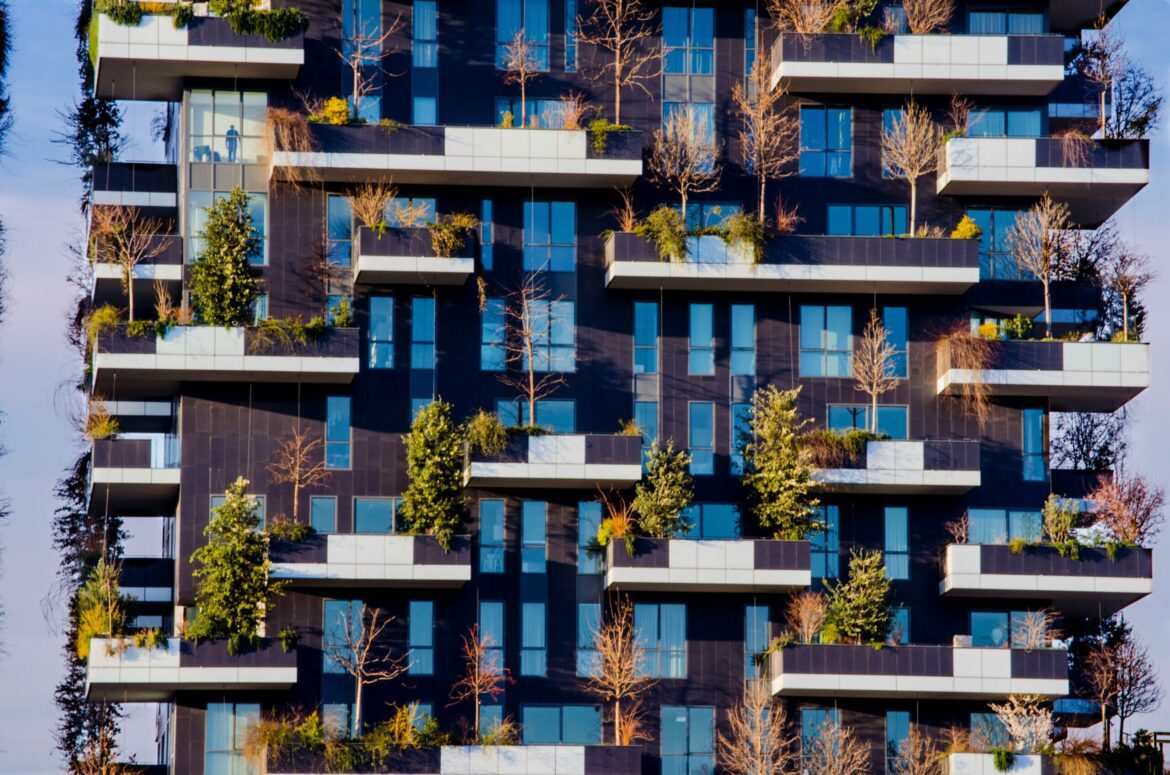In 2024, eco-conscious buyers are driving a significant shift in the housing market. As climate change concerns continue to grow, an increasing number of homebuyers are prioritizing sustainability when choosing their homes. Energy-efficient appliances, solar panels, green certifications, and eco-friendly construction materials are no longer just nice-to-have features—they are becoming essential considerations for many buyers. This article explores the rise of eco-conscious buyers and how this trend is influencing home design, demand, and pricing, particularly in markets such as Portland, Seattle, and San Francisco, where sustainable living is particularly popular.
The Growing Demand for Green-Certified Homes
One of the key factors driving the rise of eco-conscious buyers in 2024 is the increasing demand for green-certified homes. Certifications like LEED (Leadership in Energy and Environmental Design) are becoming a benchmark for homebuyers who want to ensure that their property meets high environmental standards. According to the U.S. Green Building Council (USGBC), the demand for green-certified homes has been steadily rising, with more than 10% of new homes in the U.S. being LEED-certified or built to green standards in 2024.
In cities like Portland, Seattle, and San Francisco, green living has become a significant part of the local culture. These areas, known for their progressive values and environmental consciousness, have seen a surge in demand for homes that feature sustainable and energy-efficient elements. Homebuyers in these markets are not only looking for eco-friendly homes but are also willing to pay a premium for the added benefits of energy efficiency and lower environmental impact.
According to NAR (National Association of Realtors), 80% of buyers in these regions are now prioritizing sustainability features, with 40% of buyers willing to pay more for a green-certified home. This trend is reshaping the way homes are marketed, with real estate agents increasingly highlighting eco-friendly features as a selling point.
Energy-Efficient Technologies and Homebuyer Preferences
In addition to green certifications, energy-efficient technologies are a major factor influencing the housing market in 2024. Many eco-conscious buyers are actively seeking homes that incorporate technologies designed to reduce energy consumption and minimize environmental impact. This includes energy-efficient appliances, LED lighting, smart thermostats, and solar panels.
The demand for solar panels, in particular, has seen a sharp increase. Homebuyers are increasingly willing to invest in homes with solar power systems to reduce long-term energy costs and decrease their reliance on fossil fuels. In markets like San Francisco, where energy costs can be high, homes with solar panels and energy-efficient features are becoming more attractive to buyers looking for both environmental and financial benefits.
Smart home technology also plays a crucial role in the rise of eco-conscious buyers. Devices such as smart thermostats and automated lighting systems that optimize energy usage are becoming standard in many modern homes. These technologies help homeowners monitor and reduce their energy consumption, making them especially appealing to buyers who are motivated by environmental concerns and energy savings.
Builders Adapting to Sustainability Demands
As demand for sustainable features continues to rise, builders and developers are increasingly integrating sustainability into their new developments and renovations. In 2024, many homebuilders are going beyond just meeting basic energy efficiency standards—they are actively seeking innovative ways to reduce a home’s carbon footprint and minimize environmental impact.
Developers in cities like Portland, Seattle, and San Francisco are focusing on creating communities that are designed with sustainability in mind. This includes using eco-friendly building materials, low-emission paints, and high-performance insulation to make homes more energy-efficient. Additionally, many builders are opting to retrofit existing homes, upgrading older properties with energy-efficient features such as new insulation, upgraded windows, and modern HVAC systems.
In response to the increasing demand for green homes, builders are also focusing on water conservation features, such as low-flow faucets, rainwater harvesting systems, and native landscaping that requires minimal irrigation. These features not only support sustainable living but also appeal to homebuyers who are looking for ways to reduce their environmental footprint.
The Pricing Premium for Eco-Friendly Homes
In 2024, homebuyers are increasingly willing to pay a premium for homes that offer sustainable features. According to a National Association of Home Builders (NAHB) report, homes with energy-efficient technologies and green certifications can sell for up to 10-20% more than their non-green counterparts. This price premium is especially noticeable in markets like San Francisco, where the demand for energy-efficient homes and the availability of green certifications are driving up prices.
Eco-conscious buyers are seeing these higher upfront costs as an investment in long-term savings, including lower energy bills, reduced maintenance costs, and increased home value. For developers, this means that building homes with green features is not only an environmentally responsible choice but also a financially viable one. In addition to charging higher prices, builders can market these homes as premium products, appealing to a growing segment of the market that is eager to embrace sustainable living.
Conclusion: A Growing Trend with Lasting Impact
The rise of eco-conscious buyers in 2024 is reshaping the housing market, with sustainability becoming a central factor in home design, demand, and pricing. In cities like Portland, Seattle, and San Francisco, the growing emphasis on green-certified homes, energy-efficient technologies, and eco-friendly construction practices is driving a significant shift in the market. Homebuyers are increasingly willing to pay more for homes that align with their values, offering an opportunity for developers to capitalize on the demand for sustainable features.
As the trend toward eco-conscious living continues to grow, the demand for sustainable homes is expected to become an even more dominant force in the housing market. For buyers, investors, and developers, the key to success in 2024 and beyond will be understanding and adapting to the increasing importance of sustainability in the real estate market. Eco-friendly homes are not just a passing trend—they are the future of real estate, offering both environmental benefits and financial rewards for those who embrace them.

